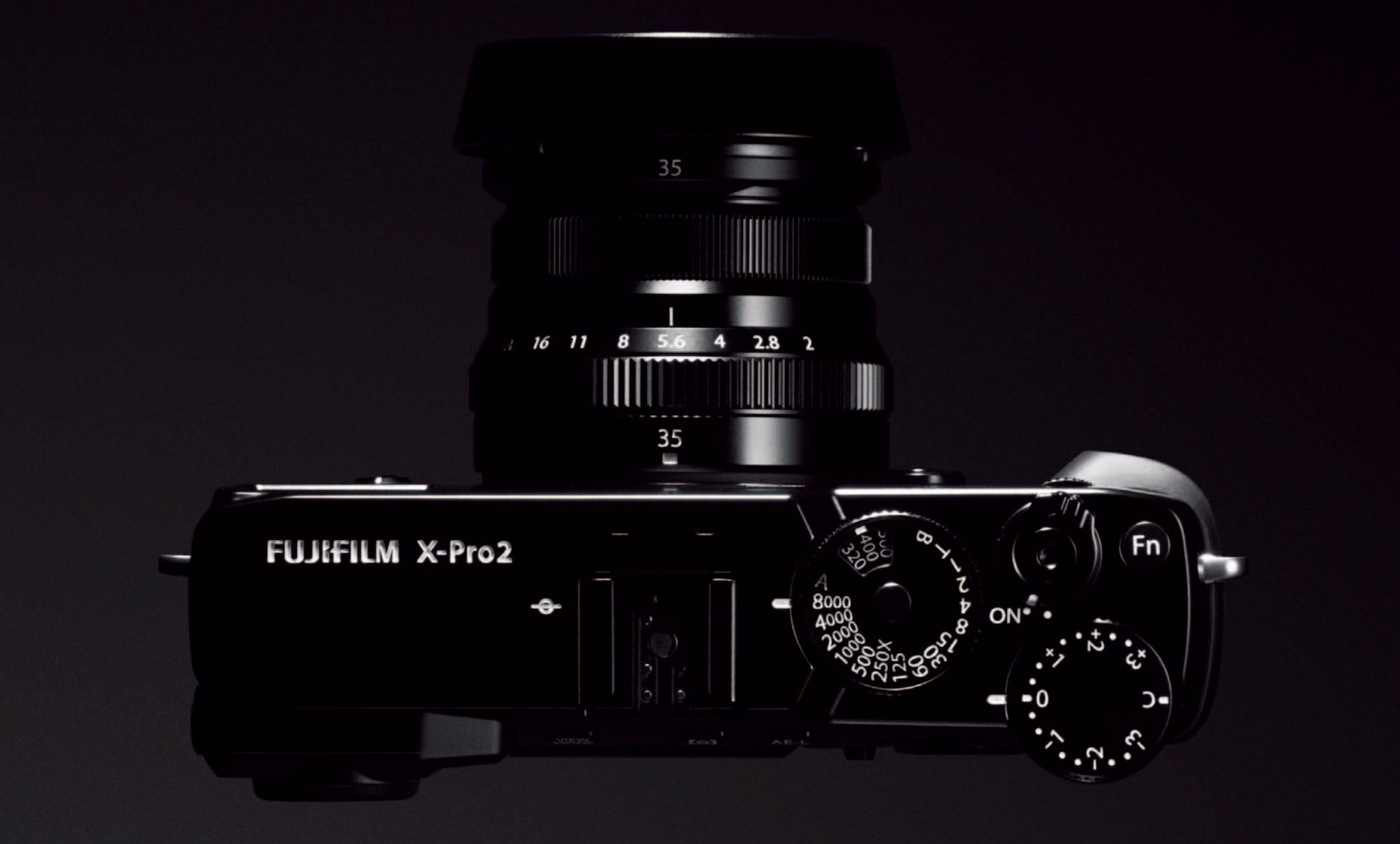

It may not quite be as immediate and direct as shooting with a real, manual focus rangefinder (something I think all enthusiasts should experience at least once), but there's something different about the X-Pro2's finder that I enjoy more than using EVFs or DSLR finders, if I'm in the mood to take things slowly. Yet, despite these quirks, or perhaps because of them, I found it to be a lovely way of shooting. The inherent parallax error that comes from the finder's offset position mean that both can jump significantly when you focus on a nearby object. Even within this range, there's the additional learning curve associated with predicting how much the framing and focus point will move, when you half-press to focus the camera. In optical mode, the finder is only really-well matched to lenses in the 24-50mm equivalent range, where you get to use a good amount of its area. The viewfinder, too, gets on best with a prime lens mounted.
Fujifilm xpro 2 iso#
ISO 200, F8, 1/750sec - Classic Chrome Film Simulation Because the Auto ISO behavior can only be defined by shutter speed (not related to focal length), this way of working is best suited to prime lenses. However, the ISO dial, mounted concentrically within the shutter speed dial is slow and fiddly to change, so we found we tended to leave this set to Auto, then control the automatic behavior by applying its settings to one of the custom buttons. The dedicated exposure compensation might even speed up shooting in some modes. So far, not that much slower than using a twin-dial DSLR. The X-Pro2's handling is as informed by history as its exterior styling: the primary exposure settings are defined using a combination of aperture ring or shutter speed dial, along with command dials. The X-Pro2 is a much more fully-rounded camera than its styling implies and one that can turn its hand to a wide range of tasks, it's just at its best within its own, narrower milieu. However, unlike the original X-Pro1, these aspects aren't so uncompetitive that you have to completely write-off them off and hope they're of little interest to the target audience.

Its autofocus isn't as sophisticated as the sportiest of its contemporaries (such as the Canon EOS 7D II or Nikon D500), its video isn't as cutting-edge as it could be (Sony's less expensive a6300 and Samsung's swansong model both offer better footage). If you directly compare it against most of its peers, it risks coming up short in one respect or other. ISO200, F5.6, 1/750sec - Astia Film Simulation And, broadly speaking, this should dictate whether this is the camera for you. The traditional looks and slightly throw-back handling of the camera are likely to dictate whether you love or are baffled by it. The X-Pro2 is one of the most expensive APS-C cameras now on the market but also one of the most specialized. Q Menu doesn't allow exploration of options for each setting.No focal-length dependent threshold for Auto ISO mode.'Texture' pattern can appear in images with lens flare.Battery life disappointing (especially when using EVF).Continuous AF Tracking lags the best in class.Video and supporting features aren't cutting edge.DR modes let you easily exploit the sensor's dynamic range.In-camera Raw conversion and Wi-Fi let you modify and share images quickly.Greatly improved video results work well with Film Simulation modes.'My Menu' feature simplifies access to settings you frequently change.Unique and enjoyable hybrid viewfinder system.Good single AF performance, reasonable in continuous AF.



 0 kommentar(er)
0 kommentar(er)
